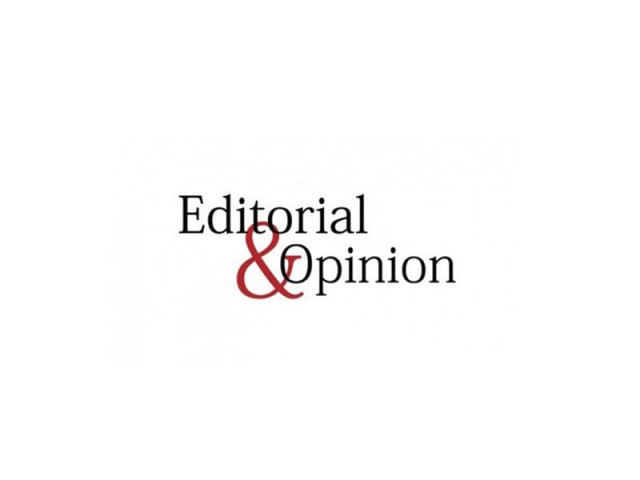One Eid, but …
This has turned out to be the first time that technology has played some kind of a role on moon sighting

The minister claimed that Eid moon “can be sighted in Sanghar, Badin, Thatta, Jiwani and Pasni [areas of Sindh and Balochistan] from 7:36am to 8:14pm” and that scientifically, “Eid falls on Sunday, May 24”. Interestingly, he found himself on the same page with Mufti Shahabuddin Popalzai who has traditionally been the reason for parts of Khyber-Pakhtunkhwa commencing Ramazan and celebrating Eid a day before the rest of the country. Mufti Popalzai heads a private moon sighting committee, based in Peshawar’s historic Majid-e-Qasim, whose decisions on Ramazan and Eid moon have seldom tallied with Mufti Muneeb’s committee that represents the state.
And what appears to have added to the pressure on Mufti Muneeb was a claim a senator from Balochistan made while speaking to a private TV channel that dozens of people in Ormara, Pasni and Jiwini had sighted the moon, but failed to approach the Ruet committee. Thereupon, only a minute short of three hours after sunset — at 10:15pm to be exact — came the official announcement from Mufti Muneeb that the Eid moon had been sighted. It happened even after Taraweeh prayers at most of the mosques in the country had finished and a majority was mentally prepared for one more fast the following day. The delayed announcement was highly unexpected, if not controversial.
However, this has turned out to be the first time that technology has played some kind of a role on moon sighting. It has reignited the debate on whether to make use of science for taking crescent decisions or persist with the religious obligation of sighting the moon with the naked eye. A question mark, though, hangs on the utility of the Ruet committee.
Published in The Express Tribune, May 27th, 2020.
Like Opinion & Editorial on Facebook, follow @ETOpEd on Twitter to receive all updates on all our daily pieces.














COMMENTS
Comments are moderated and generally will be posted if they are on-topic and not abusive.
For more information, please see our Comments FAQ